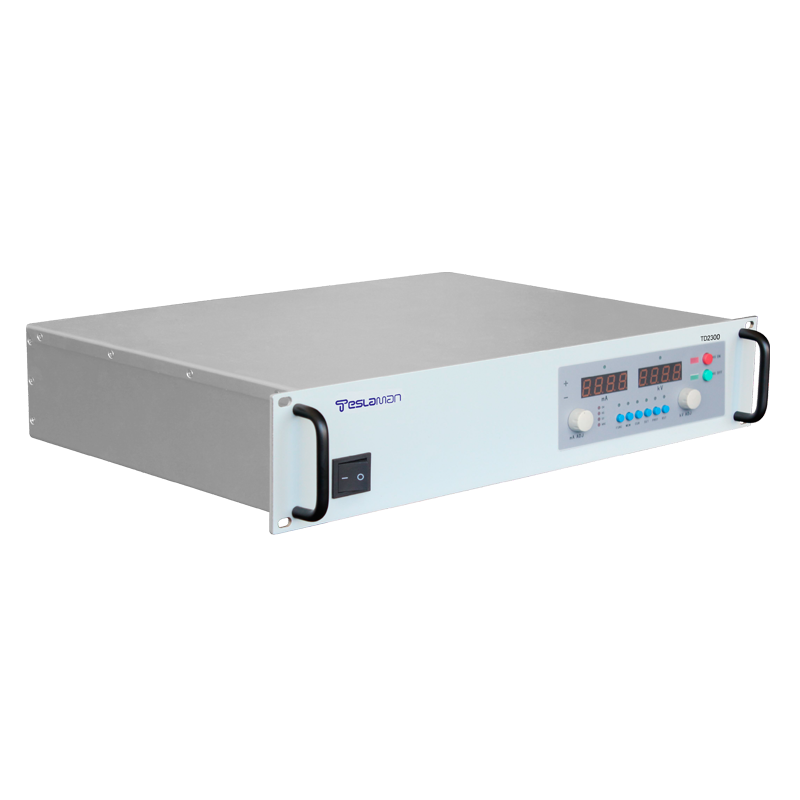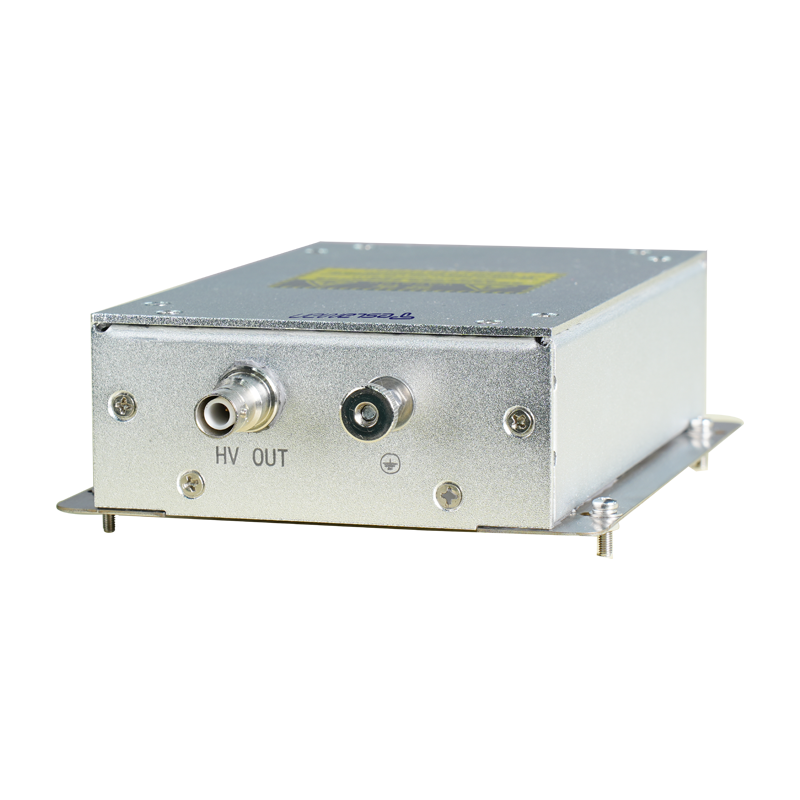Temperature Compensation and Environmental Adaptation Enhancement in Leakage Detection Power Supplies
Leakage detection systems used in pharmaceutical packaging, liquid containment verification, and battery integrity assessment depend heavily on the precision and stability of the applied high-voltage field. The leakage detection power supply must sustain a constant field strength while adapting to variations in ambient temperature, humidity, and dielectric properties of the environment. These fluctuations can alter detection sensitivity and generate false readings.
To address this issue, the power supply incorporates a dynamic temperature compensation and environmental correction mechanism. An integrated temperature sensor continuously monitors both the power supply’s internal components and the inspection chamber’s temperature. Using a nonlinear compensation algorithm based on polynomial curve fitting, the system adjusts detection thresholds in real-time to maintain sensitivity consistency. The calibration model correlates leakage current variations with temperature-induced dielectric changes, allowing accurate correction under diverse conditions.
Humidity compensation is achieved through feedback data from environmental sensors that adjust field strength and detection voltage accordingly. A microcontroller processes this data to dynamically adapt the excitation waveform, optimizing sensitivity for both high and low humidity levels.
To improve robustness, the power supply uses a triple-layer insulation design and moisture-resistant encapsulation to prevent leakage or corona discharge in high-humidity environments. Furthermore, active noise suppression circuits combined with adaptive digital filtering separate true leakage signals from environmental noise, improving detection accuracy.
The combination of temperature-compensated voltage control and environmental adaptation algorithms ensures stable operation in variable industrial conditions. This approach enhances detection sensitivity, minimizes false positives, and provides consistent reliability across extended operational cycles.




















